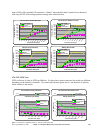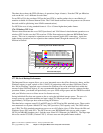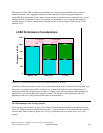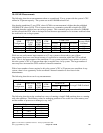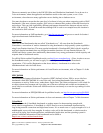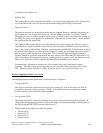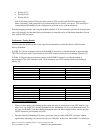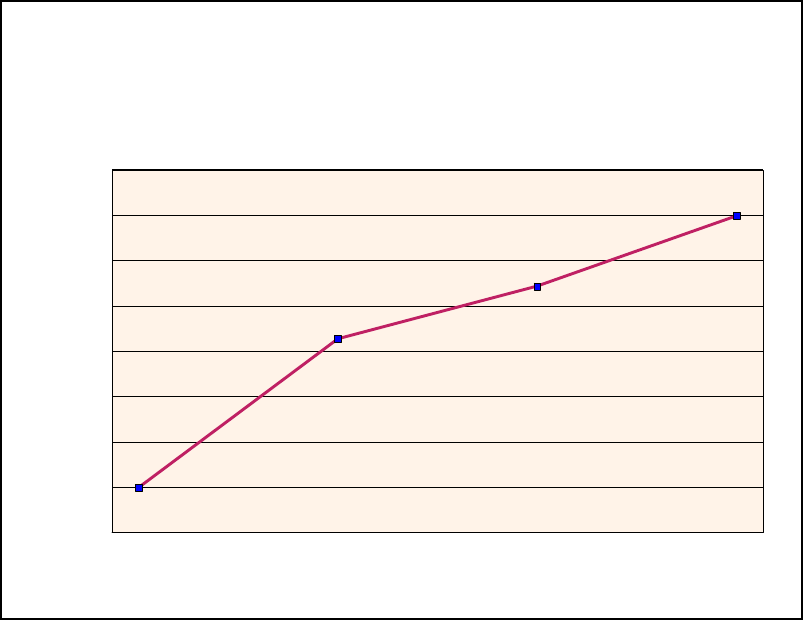
LPAR Throughput Increase
12-way 8-way+4-way 2 x 6-way 3 x 4-way
LPAR Configuration
4600
4700
4800
4900
5000
5100
5200
5300
5400
Total CPW of all Partitions
Total Increase in CPW Capacity of an LPAR System
7%
9%
13%
Figure 18.2. 12 way LPAR Throughput Example
To illustrate the impact that varying the workload in the partitions has on an LPAR system, the CPW
workload was run at an extremely high utilization in the stand-alone 12-way. This high utilization
increased the contention on the main storage bus significantly. This same high utilization CPW
benchmark was then run concurrently in the three 4-way partitions. In this environment, the total
capacity of the partitioned 12-way exceeded that of the stand-alone 12-way by 18% because the total
main storage bus contention of the three 4-way partitions is much less than that of a stand-alone 12-way.
The capacity of a partition of a large system was also compared to the capacity of an equally sized
stand-alone system. If all the partitions except the partition running the CPW are idle or at low
utilization, the capacity of the partition and an equivalent stand-alone system are nearly identical.
However, when all of the partitions of the system were running the CPW, then the total contention for the
main storage bus has a measurable effect on each of the partitions.
The impact is greater on the smaller partitions than on the larger partitions because the relative increase of
the main storage bus contention is more significant in the smaller partitions. For example, the 4-way
partition is degraded by 12% when an 8-way partition is also running the CPW, but the 8-way partition is
only degraded by 9%. The two 6-way partitions and three 4-way partitions are all degraded by about 8%
when they run CPW together. The impact to each partition is directly proportional to the size of the
largest partition.
IBM i 6.1 Performance Capabilities Reference - January/April/October 2008
© Copyright IBM Corp. 2008 Chapter 18 - LPAR 298



